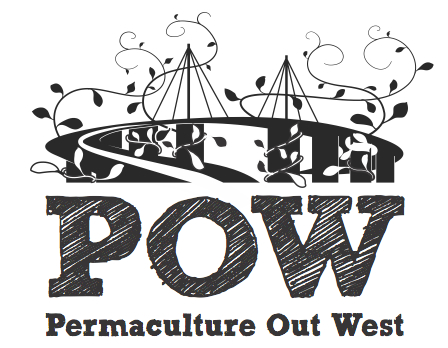Use as Food
In addition to its traditional cultivation as a bio-fertilizer for wetland paddy (due to its ability to fix Nitrogen into the soil), Azolla is finding increasing use for sustainable production of livestock feed.[9] Azolla is rich in proteins, essential amino acids, vitamins and minerals. Studies describe feeding azolla to dairy cattle, pigs, ducks, and chickens, with reported increases in milk production, weight of broiler chickens and egg production of layers, as compared to conventional feed. One FAO study describes how azolla integrates into a tropical biomass agricultural system, reducing the need for inputs.[10]
Use as a Larvicide
As an additional benefit to its role as a paddy biofertilizer, Azolla spp. have been used to control mosquito larvae in rice fields. The plant grows in a thick mat on the surface of the water, reducing the rate at which oxygen dissolves into the water, effectively choking the larvae. [11]
Climatic paleontology
Main article: Azolla event
Azolla covering the Canning River
A study of Arctic climatology reported that azolla may have had a significant role in reversing a greenhouse effect that occurred 55 million years ago that caused the region around the north pole to turn into a hot tropical environment. This research conducted by the Institute of Environmental Biology at Utrecht University claims that large dense patches of Azolla growing around freshwater lakes formed by the climate change eventually consumed enough carbon dioxide for the greenhouse effect to reverse.
